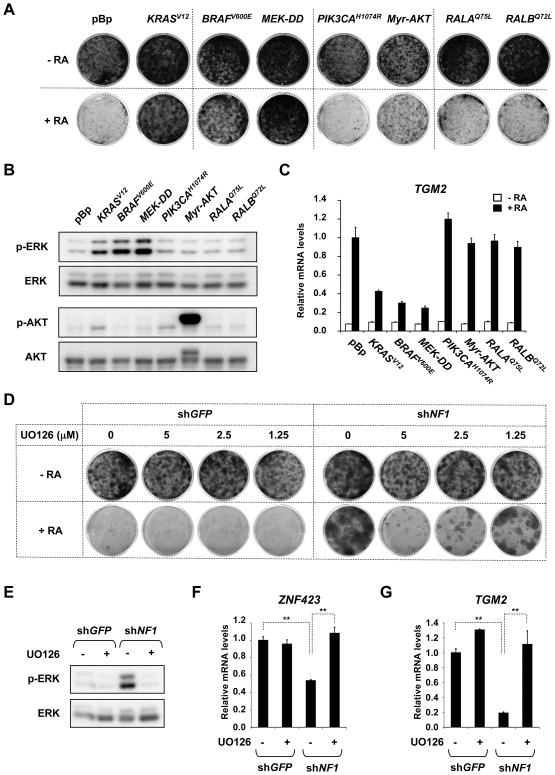Figure 7. Restoration of RA responsiveness.
(A) Constitutively active RAF (BRAFV600E) and MEK (MEK-DD, MEK1S218D,S222D) recapitulate resistance to RA caused by KRASV12. SH-SY5Y cells expressing pBabe vector control or the indicated active alleles of RAS effector pathways were cultured for 12 and 20 days in the absence or presence of 1μM RA and then fixed, stained and photographed.
(B) Level of phosphorylated ERK and AKT in the SH-SY5Y cells described in figure 7A.
(C) Activation of the RA target gene TGM2 in SH-SY5Y cells described in figure 7A. Cells were grown for 14 days in the absence or presence of 1μM RA.
(D) MEK inhibition restores RA sensitivity in NF1 knockdown cells. SH-SY5Y cells expressing shGFP control or shNF1 were grown in the absence or presence of 1 μM RA for 13 and 18 days. Cells were additionally treated with or without the MEK inhibitor U0126 at various concentrations. Cells were then fixed, stained and photographed.
(E to G) Inhibition of MEK signaling and re-expression of ZNF423 and TGM2 in NF1 knockdown cells treated with MEK inhibitor U0126. SH-SY5Y cells expressing shGFP control or shNF1 grown in the presence of 1 μM RA for 9 days and then additionally treated with or without U0126 for 2 days. Levels of phosphorylated ERK were detected by Western blotting (E). ZNF423 and TGM2 mRNA expression was determined by qRT-PCR. Error bars denote SD. **p<0.001 (t-test for comparison of three biological independent experiments). See also supplemental figure S5.

